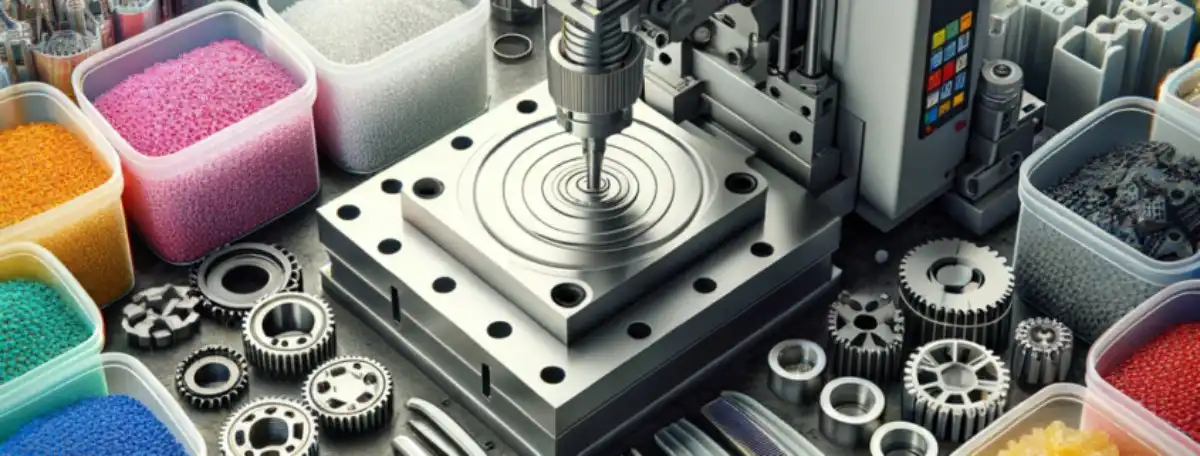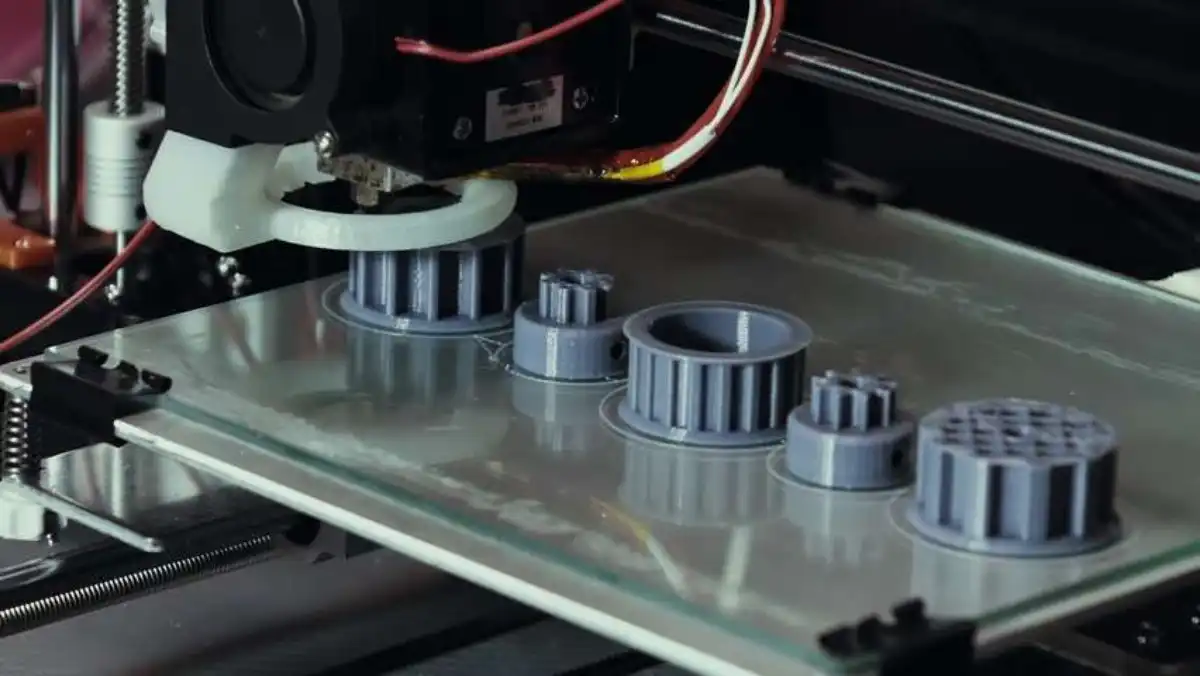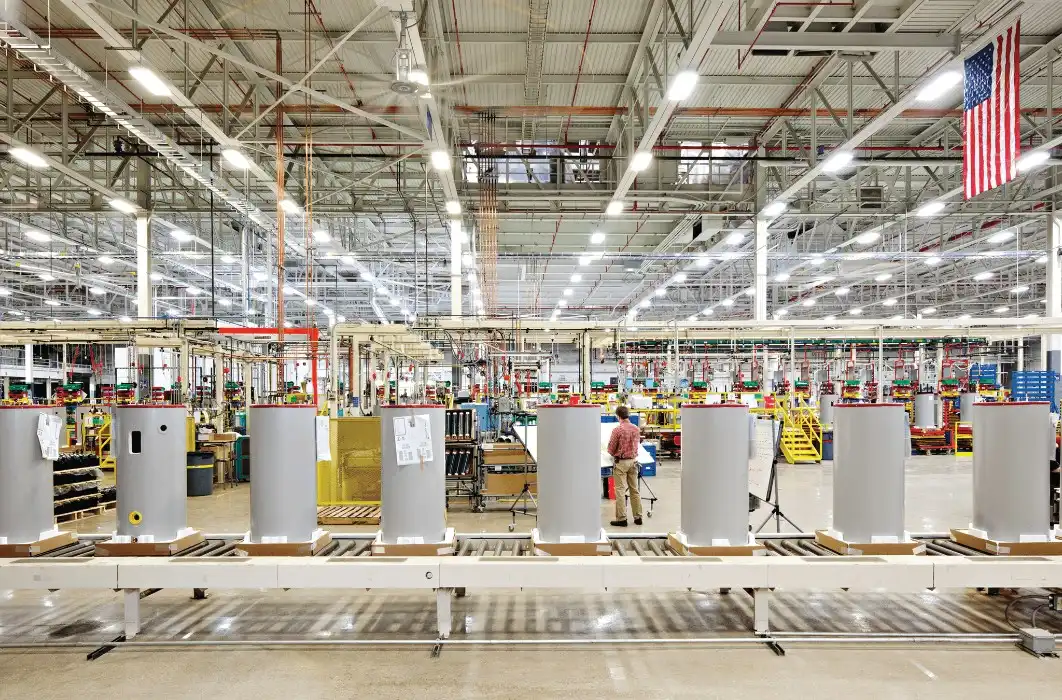Understanding Thermoplastics in Injection Molding
Polyethylene (PE): Versatility and Durability
Polyethylene stands out as one of the most versatile plastic injection molding materials. It comes in various densities, including Low-Density Polyethylene (LDPE) and High-Density Polyethylene (HDPE). LDPE is widely used in packaging films and disposable containers because to its exceptional flexibility. Conversely, high-density polyethylene (HDPE) is perfect for constructing robust pipelines, containers, and car parts because to its exceptional strength and chemical resistance. Due to their easily processable and recyclable molecular structure, plastics find extensive use in sustainable manufacturing processes.
Polypropylene (PP): Strength and Chemical Resistance
Polypropylene, plastic injection molding materials, is renowned for its exceptional balance of strength and chemical resistance. This material is great for indoor and outdoor uses due to its fatigue resistance and ability to retain qualities throughout a broad temperature range. Products made with PP tend to be lighter because to its low density. When every ounce matters, as in the aerospace and automotive industries, this is a godsend. Many chemical storage containers and pieces of laboratory equipment are made of this material due to its resistance to acids and bases and its longevity. The aesthetic potential of PP in consumer products manufacture are further enhanced by its malleability and ease of coloring and texturing.

Polystyrene (PS): Clarity and Cost-Effectiveness
Because of its very desirable transparency, polystyrene is a great material to use in many different kinds of applications. It's commonly used in food packaging, disposable cutlery, and CD cases. PS comes in two main forms: General Purpose Polystyrene (GPPS) and High Impact Polystyrene (HIPS). Display cabinets and light diffusers often make use of GPPS because to its crystal-clear transparency. Appliance parts and toys are among of the many uses for HIPS, which has been rubberized to increase its impact resistance. Produced in large quantities, PS is a popular alternative because to its low cost and simplicity of processing. However, its brittleness and limited heat resistance can be drawbacks in certain applications, prompting manufacturers to explore reinforced or modified versions of the material.
Engineering Plastics for Advanced Applications
Acrylonitrile Butadiene Styrene (ABS): Toughness and Heat Resistance
Polybutadiene rubber's hardness and the strength of acrylonitrile and styrene polymers come together in ABS, a terpolymer. This unique composition results in a material with excellent impact resistance, dimensional stability, and surface hardness. Numerous consumer products, including LEGO bricks, as well as electrical housings, and automobile interior components, make extensive use of ABS. For uses calling for a metallic sheen, its electroplating capabilities make it a desirable alternative. Parts for appliances and automobiles' undercarriages may benefit from the material's strong heat resistance, which keeps its characteristics intact even when subjected to high temperatures. ABS's versatility is on display when it is mixed with other polymers to enhance its properties and meet specific application demands.
Polyamides (Nylon): Strength and Wear Resistance
Polyamides, plastic injection molding materials, commonly known as nylon, are engineering plastics that offer exceptional mechanical strength, abrasion resistance, and low friction properties. Gears, bearings, and other mechanical parts that are prone to wear are perfect candidates for nylon because of these qualities. Although the dimensional stability of nylon might be affected by its moisture absorption property, this property also helps to explain why nylon is self-lubricating in certain applications. Different types of nylon, such as Nylon 6 and Nylon 6,6, offer varying degrees of strength, toughness, and heat resistance, allowing manufacturers to select the most suitable grade for their specific needs. Automotive and industrial applications often expose materials to severe conditions, making this material useful because to its high melting point and chemical resistance.
Polycarbonate (PC): Impact Strength and Optical Clarity
Polycarbonate is exceptional because it combines high impact strength with excellent optical clarity. Safety glasses, bulletproof windows, and automobile headlight lenses are all great uses for this engineering plastic since it is transparent and has 250 times the impact strength of glass. PC's versatility in electronics and automobiles is enhanced by its exceptional heat resistance, which enables it to maintain its qualities even when subjected to high temperatures. The material's malleability in terms of coloration and texture brings design flexibility to consumer goods. Nevertheless, when surface quality is of the utmost importance, PC should be carefully considered because to its sensitivity to scratches and certain chemicals. Manufacturers sometimes cover PC with protective materials or combine PC with other polymers to improve its performance in certain settings, in order to circumvent these restrictions.

Specialty Plastics for Demanding Applications
Polyetheretherketone (PEEK): High-Performance Thermoplastic
PEEK is a high-performance thermoplastic that offers exceptional mechanical and thermal properties. Aerospace, automotive, and oil and gas applications are perfect for it since it can withstand temperatures up to 260°C (500°F) while still maintaining strength and dimensional stability. Medical implants and surgical tools may benefit from PEEK due to its biocompatibility and exceptional chemical resistance. Aircraft interiors may benefit from the material even more due to its minimal smoke and toxicity in the event of a fire. The outstanding combination of properties of PEEK often justifies its high cost in critical applications where performance is of the utmost importance. Reinforcing PEEK with carbon or glass fibers improves its mechanical qualities even more, making it a viable alternative to metal in certain high-stress uses.
Liquid Crystal Polymers (LCP): Precision and Dimensional Stability
Liquid Crystal Polymers are a class of aromatic polyester thermoplastics, plastic injection molding materials, known for their exceptional dimensional stability and flow properties during injection molding. Because of this, LCPs are perfect for making electrical connections and microelectronic components, which are thin-walled and have complex designs. Because of their high chemical resistance and ability to retain mechanical qualities throughout a broad temperature range, LCPs find widespread use in demanding environmental contexts. They are very beneficial in surface mount technology (SMT) for electronics because to their low coefficient of thermal expansion and rapid flow. While LCPs are more expensive than many conventional thermoplastics, their unique properties and ability to produce complex, miniaturized parts often result in overall cost savings in assembly and production processes.
Polytetrafluoroethylene (PTFE): Ultimate Chemical Resistance
PTFE, commonly known by its brand name Teflon, is renowned for its exceptional chemical resistance and low coefficient of friction. Coatings for cookware and chemical processing equipment, among others, benefit greatly from its non-stick qualities and chemical inertness. High-temperature wire insulation and semiconductor manufacturing equipment may benefit from PTFE due to its high melting point and outstanding electrical insulating characteristics. While PTFE is not typically injection molded due to its high melt viscosity, modified versions and composites have been developed to allow for injection molding of PTFE-like materials. The manufacture of complicated forms is made possible by these changes, which maintain most of the favorable features of PTFE. Consequently, industries like healthcare and transportation find new uses for it.
Conclusion
The wide array of plastic injection molding materials available today offers unprecedented flexibility in product design and manufacturing. From common thermoplastics like PE and PP to high-performance materials such as PEEK and LCPs, each material brings unique properties to the table. Mechanical properties, chemical resistance, thermal stability, and cost are just a few of the many factors to consider when making a material selection. Innovations in material science and composite construction are constantly expanding the plastic injection molding industry's horizons. This evolution ensures that manufacturers can meet increasingly demanding product specifications while optimizing production efficiency and sustainability.

FAQs
What are the most commonly used plastic injection molding materials?
The most commonly used plastic injection molding materials include Polyethylene (PE), Polypropylene (PP), Polystyrene (PS), Acrylonitrile Butadiene Styrene (ABS), and Polyvinyl Chloride (PVC). Each of these materials offers unique properties suitable for various applications.
How do I choose the right plastic injection molding material for my project?
Selecting the right material depends on factors such as the desired mechanical properties, chemical resistance, thermal stability, and cost-effectiveness. Consider the specific requirements of your application, such as strength, flexibility, or heat resistance, and consult with experts like those at BOEN Prototype to make an informed decision.
Can high-performance plastics like PEEK be used in injection molding?
Yes, high-performance plastics like PEEK can be used in injection molding. While they may require specialized equipment and expertise due to their high melting points and processing requirements, they offer exceptional properties for demanding applications in aerospace, automotive, and medical industries.
Are there environmentally friendly options for plastic injection molding materials?
Yes, there are increasingly environmentally friendly options available. These include bio-based plastics, recycled materials, and thermoplastics designed for easier recycling. Many traditional materials like PE and PP are also recyclable when properly processed. BOEN Prototype can advise on sustainable material choices for your specific needs.
Top Injection Molding Materials from Trusted Supplier | BOEN
We at BOEN Prototype are proud to provide a wide variety of high-quality injection molding materials to cater to the demands of many industries. Our expertise in prototyping and low-volume production for both plastic and metal materials sets us apart. Our arrangements are planned to fulfill the most noteworthy guidelines of quality, much appreciated to our modernabilities in CNC machining, quick infusion molding, and other generation forms. Our team's deep knowledge of materials and integrated production processes enables us to tackle complex challenges effectively. BOEN's commitment to fast turnaround times and quality assurance makes us the go-to partner for industries ranging from automotive and medical devices to aerospace and consumer electronics. For more details on our offerings, kindly get in touch with us at contact@boenrapid.com.
References
1. Thompson, R. C., et al. (2009). "Plastics, the environment and human health: current consensus and future trends." Philosophical Transactions of the Royal Society B: Biological Sciences.
2. Rosato, D. V., & Rosato, M. G. (2012). "Injection molding handbook." Springer Science & Business Media.
3. Campo, E. A. (2006). "The complete part design handbook: For injection molding of thermoplastics." Carl Hanser Verlag GmbH Co KG.
4.Goodship, V. (2004). "Practical guide to injection moulding." Rapra Technology Limited.
5. Osswald, T. A., et al. (2008). "International plastics handbook: the resource for plastics engineers." Carl Hanser Verlag GmbH Co KG.
6. Brydson, J. A. (1999). "Plastics materials." Elsevier.





